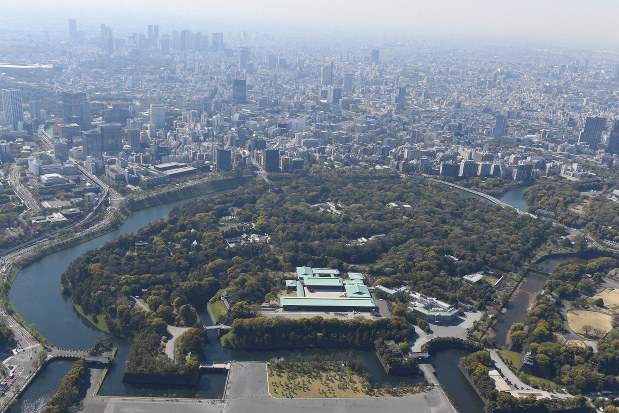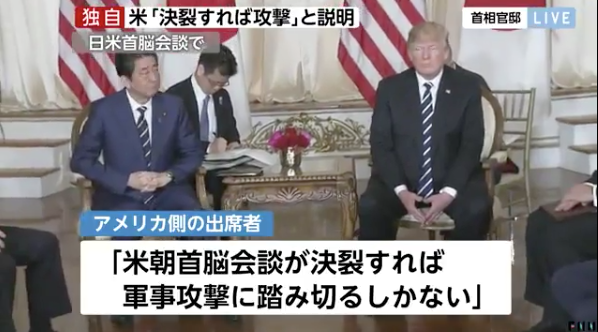Pandemic and Divided Imperial Household in Japan.

As I pointed out previously, the turmoil due to pandemic from Wuhan/PRC just reached Tokyo, the capital of Japan. From yesterday evening, Japanese mass media repeatedly report a branch of NTT Data, one of the largest, quasi-state owned IT companies in Japan, in Mita/Tokyo was closed because one of the employees was recognized as patient of Wuhan virus. Tokyo eventually became a “hotspot” of this new disease and caused abruptly panic-like reactions in the Japanese business economy.
The so-called “Rush Hour” in commuters of Tokyo is well known. In Tokyo, Japanese salarymen and -women are forced to ride on them for at least 20-30 minutes (or even much longer. In the worst case, a few hours!) without being seated. This is an old but new type of “Konzentrationslager” in Japan, even though the ordinary people on the street of Japan never regard them as such. Being awfully frustrated, the middle class in Tokyo used to just go out and come back to home without any complaints to GOJ’s infrastructure policy. Now that the first infection case was officially announced as shown above, they become extremely aware of the risk of pandemic. Well, I’m wondering whether you’re still seeking the possibility to hold the forthcoming Summer Olympic Games in Tokyo? (Obviously, IOC and WHO having been intensively discussing this matter, although WHO denies it advised IOC not to postpone or cancel the Olympic Games.)

Furthermore, we have to think even about the worst case in Tokyo, when the Chinese epidemie will provoke a highly political discussion whether the Japanese Imperial Palace shall be relocated to somewhere else “tentatively”. Of course, Their Imperial Majaesties Emperor and Empress of Japan can’t de facto move away from Tokyo, where almost all the political and diplomatic events take place. It’s Their Majesties’ duty to show up in front of the ordinary Japanese citizens suffering from catastrophic events such as great earthquakes and tsunamis. However, this rule isn’t necessarily applied to other members of the Imperial Household, who are also partly de facto symbolizing the unity of the Japanese nation, but NOT the Emperor as such right now.
AKIHITO, the former Emperor of Japan and his second son, His Imperial Highness Prince AKISHINO, need not to follow the rule and move to where they wish to stay and live, at least, theoretically. Now, imagine they and their families will soon move to the ancient and traditional capital of Japan, Kyoto, where the rather authentic Imperial Palace is located. According to my deep throat in this field, the Imperial Palace in Kyoto is recently renovated with ultramodern bulletproof glasses. Taking into account the fact that the former Emperor AKIHITO is still quite popular and well respected in the Japanese society, this will be a great headache to those who are supportive to the current Emperor and Empress closely related the British and Dutch Royal Families.
Welcome back to the second era of divided Imperial Household in Japan. The Japanese once experienced a period of the Northern and Southern Courts from 1336 to 1392, when the brave and legendary Emperor GODAIGO attempted the restoration of direct governance by Emperors. The situation is now completely different from the period, however, I’m quite confident we’re about to face another period of the divided Imperial Household. This time, it’ll be called “the period of the Eastern and Western Dynasties” due to various possible affairs such as the spread of catastrophic pandemic such as the current one. Keep eyes on Kyoto where a secret strategy will be soon realized. Stay tuned.
(Contributed by Takeo Harada, CEO and Representative of Institute for International Strategy and Information Analysis, Inc. (IISIA), Tokyo, Japan)






